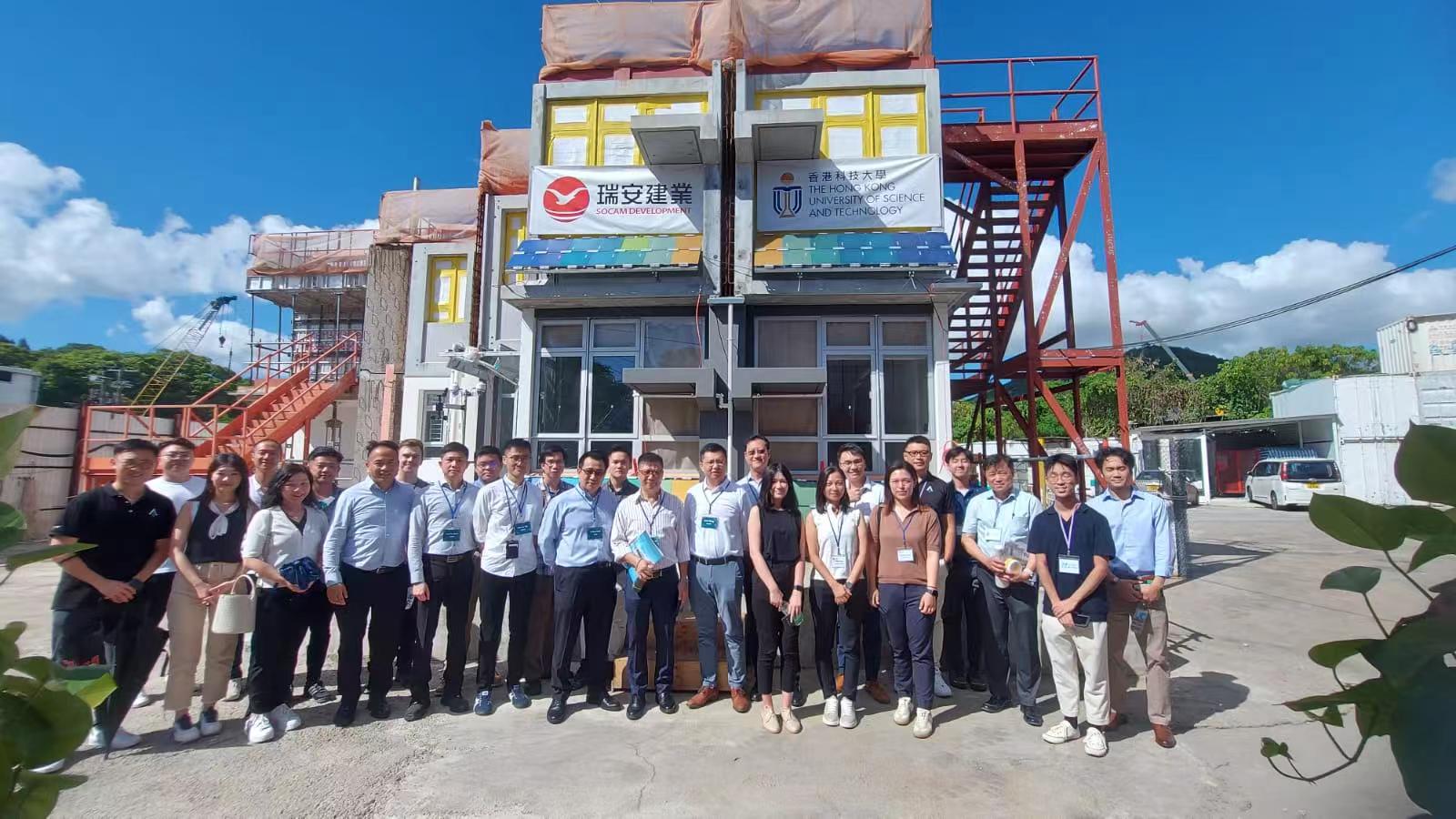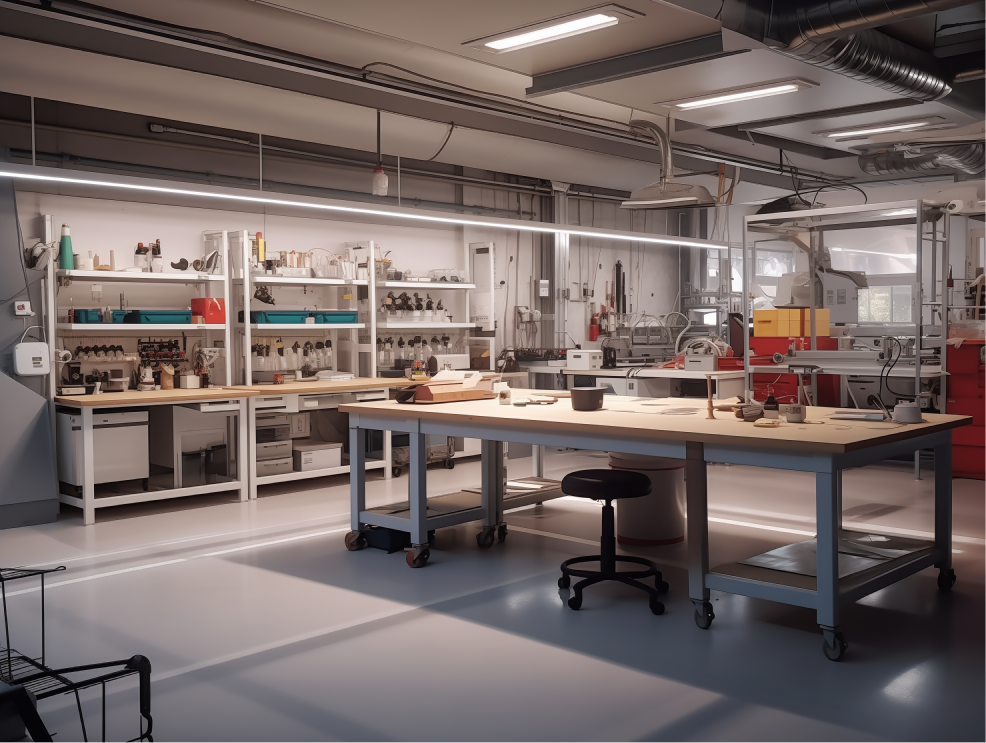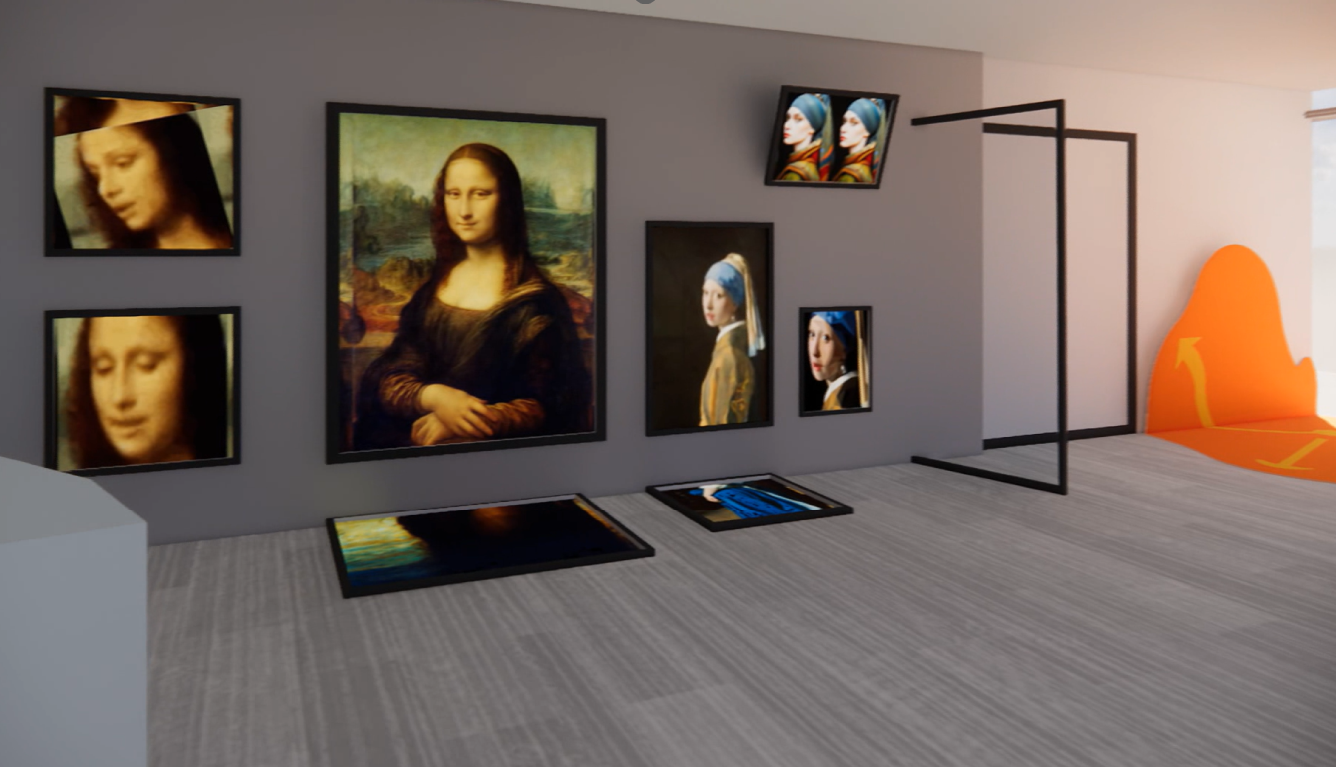Contact Us
- Email: changyingx@ust.hk
- Tel: +852 3469 2402
- Fax: +852 3521 0943

The project aims to investigate the solar energy harvesting potential on opaque façade areas and apply more advanced clean energy systems like tailored colored façade integrated photovoltaic (FIPV) on campus buildings. It will also improve energy efficiency by passively cooling the systems, using radiative cooling and self-cleaning coatings techniques.

This is an interdisciplinary project led by Prof. XIANG Changying, ISD Assistant Professor and Director of Zero Carbon Architecture and Future City, in collaboration with and sponsorship by SOCAM, with the aim of providing greener, smarter, and more sustainable construction solutions.
It is the first time that Building Integrated Photovoltaics (BIPV) systems are integrated with MiC public residential housing units, covering disciplines such as architecture, building engineering, PV technology, and material science. The visitors were introduced to cutting-edge technologies inside the BIPV X MiC mockup, including advanced claddings design, wireless building monitoring systems, electricity-free cooling paint, and battery energy storage systems.

The research aims to investigate a novel approach to designing high-rise buildings that integrate the concept of vertical farming. The implementation of vertical farming has the potential to improve local food self-sufficiency and reduce the carbon emissions associated with logistics. Moreover, vertical farming can be integrated with other emerging sustainable technologies, such as solar facades, to create innovative and holistic solutions for buildings and communities.
Co-work with RLP.

Thin-film technologies have emerged as promising candidates for BIPV application due to its expectional materials properties in aspects such as color, glazing, and large-scale fabrication. perovskite solar cells (PSCs) and copper zinc tin sulfide (CZTS) solar cells are our group prominent reserach directions.

The “Interactive UST Map: Art-Tech for a Sustainable HKUST Campus” project is led by Changying Xiang, Wei Xue, it utilizes an AI-assisted 5D interactive map to enhance navigational experience, campus engagement, wellness, and interactive connections at HKUST. The integration of art and technology allows the map to serve as both a navigational tool and an educational platform, highlighting the university’s sustainability initiatives. Additionally, the project includes the Amazing Sustainability Race, a dynamic campus-wide event that combines competition with learning about sustainability, fostering a deeper community involvement. This project demonstrates HKUST’s commitment to using its campus as a ‘living lab’ for sustainable and smart technological advancements.
